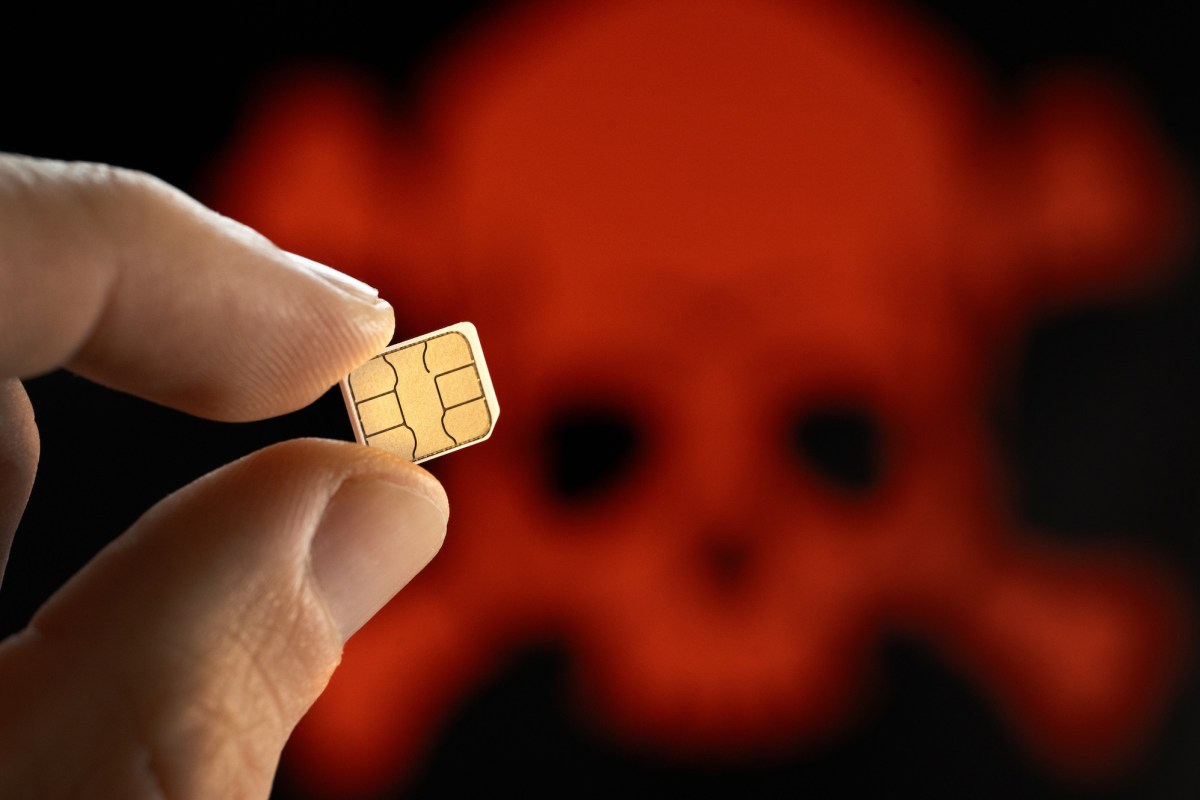Secure Your Phone: Protect Against SIM Swap Attacks Now

As of 2025, the threat of SIM swap attacks poses a significant risk to mobile phone users globally. These cyberattacks enable malicious actors to hijack a person’s phone number, allowing them to gain unauthorized access to online accounts. With a compromised phone number, hackers can reset passwords and potentially infiltrate sensitive company networks, leading to serious data breaches.
The SIM swap process typically involves a hacker impersonating the victim when contacting a mobile carrier. They often utilize personal information obtained from various online sources, such as the victim’s name and date of birth, to convince customer support representatives to transfer the victim’s number to a new SIM card controlled by the hacker. Once this transfer is complete, the hacker can make calls and send messages as though they are the victim, often without the victim noticing until they lose cell service unexpectedly.
Understanding SIM Swap Vulnerabilities
SIM swap attacks exploit weaknesses in mobile carriers’ security protocols, which sometimes allow changes to customer accounts without explicit permission. The rise in such attacks has prompted major carriers in the United States to enhance their security measures.
AT&T, T-Mobile, and Verizon have implemented features aimed at reducing the risk of unauthorized SIM swaps. Customers are encouraged to review their account settings, as these protective measures may not be enabled by default.
AT&T launched its free Wireless Account Lock feature in July 2025. This tool provides an additional layer of security by preventing anyone from transferring a phone number to a different SIM card. Customers can easily activate this feature through the AT&T app or online portal, ensuring their accounts are safeguarded with strong passwords and multi-factor authentication.
T-Mobile also offers free safeguards against SIM swaps. Customers can block unauthorized number port outs by adjusting their account settings online. The account holder must log in to enable these protections.
Verizon has introduced two security features: SIM Protection and Number Lock. These tools work to prevent SIM swaps and unauthorized phone number transfers. Users can activate these features via the Verizon app or online account portal. Notably, Verizon has implemented a delay for changes to allow legitimate users time to respond if their account is compromised.
Proactive Steps for Users
With the increasing dependence on mobile numbers for online verification and account recovery, users must take proactive steps to secure their phone numbers. Regularly reviewing account settings with mobile carriers is essential.
Moreover, using strong, unique passwords and enabling multi-factor authentication can significantly enhance account security. By staying informed about potential threats and utilizing available security features, mobile phone users can better protect themselves against SIM swap attacks.
As digital interactions continue to grow, prioritizing security measures for mobile devices is crucial. The implementation of stronger security protocols by major carriers marks a positive step towards safeguarding users from cyber threats.





